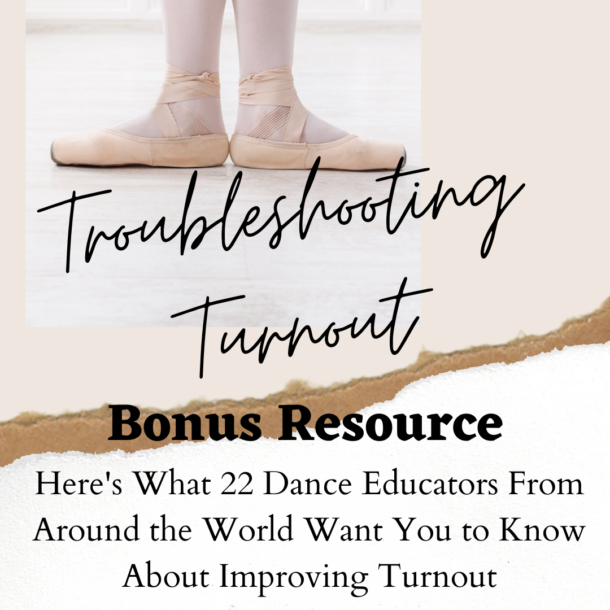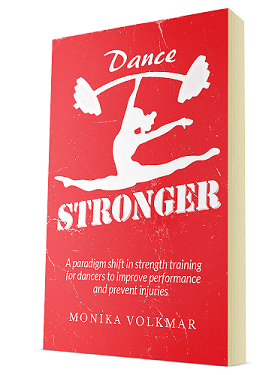This past Friday Sept 11th was my second free monthly Movement Nerd Hangout, and this one was specifically for the dancers: Troubleshooting Turnout.
This workshop is a little different… Why? Because we flipped the conventional “here’s how to improve your turnout” script upside down. Instead of just practicing more and more exercises focusing directly on mobilizing and strengthening hip external rotation, we looked at an overlooked, yet powerful tool….
Gait mechanics: The gaitway (haha see what I did there??) to better everything movement related.
Optimizing how our hips accesses external and internal rotation in the context of how we walk serves as the foundation upon which all other skills, like dance, can be layered.
Want to feel what I mean? Grab your notebook, pens, and fluffy socks (you’ll see… ;)), and follow along with the complete workshop replay:
Aand as a bonus, I made a free resource of top turnout #protips from some amazing dance educators around the world. Check it out:
Here’s what we covered in the workshop
There is a 35 ish minute lecture covering:
- Hip mechanics 101: The most simple anatomy lesson ever. What is the hip joint? (hint, it’s nothing but empty space…)
- The 5 ways to externally rotate a hip: Why the “hip dissociation” in turnout is just one way to access the hip, but not the complete picture.
- Introduction to Gary Ward’s rule of motion “Muscles lengthen before they contract”: Why hip internal rotation is so important for optimizing turnout.
- What is the diffrence between “accessing” a joint, vs. stretching or mobilizing it? Why stretching and eccentric load are two different things, with different goals and outcomes.
- Why we should embrace our turnout compensations: Stop demonizing compensations, and instead find straategies to improve our buffer to tolerate them, and use them to our advantage.
The movement session includes:
- Self-assessment: What’s your functional turnout? Where’s your turnout coming from? Can your hips perform the basic joint interactions that we want to see in the gait cycle?
- Movement exploration: I guided 5 exercises to feed in new movement potential to the hips, spine, pelvis, knees, feet, and ankles, based on gait mechanics.
- Re-assessment: Did anything improve?
Speaking of which, check out MY before and after photo of the functional turnout assessment:
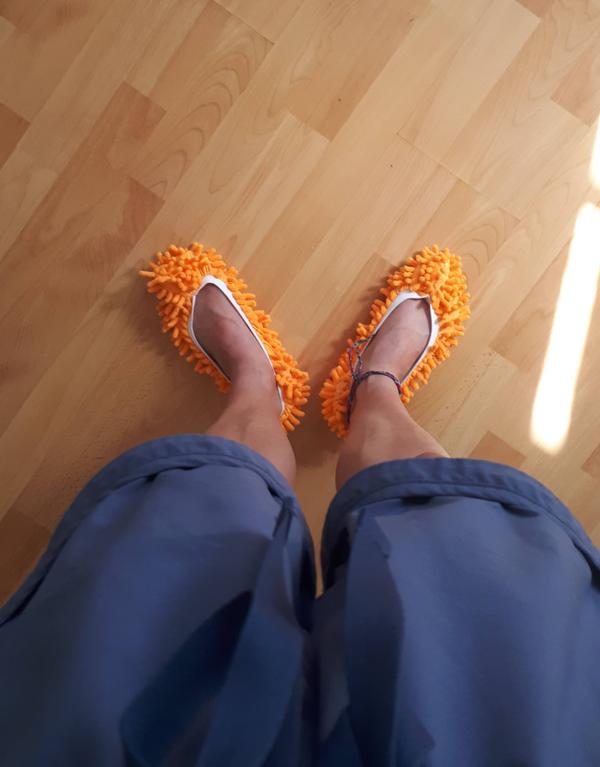
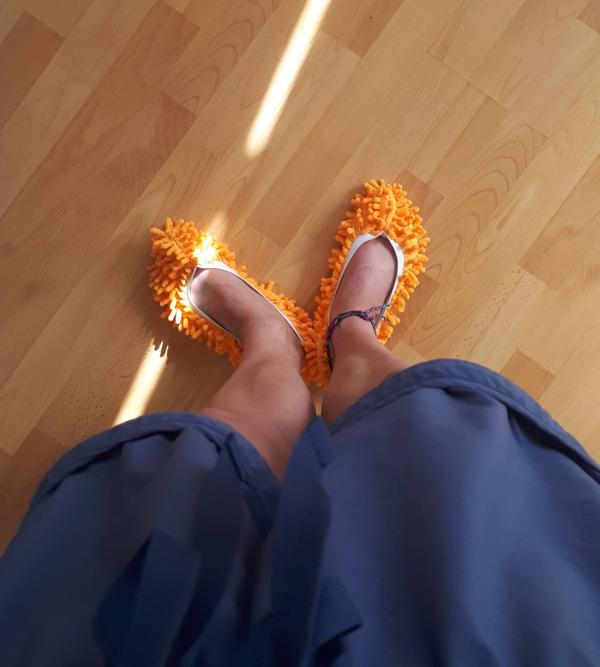
Apparently I needed this workshop 😉 Now I know what to do to prepare my return to the dance studio.
I’d love to see YOUR before and after. Please email to me if you want to share your results after the wrokshop.
I appreciate everyone who made it through to the end! Believe me when I say I really tried to keep it ~60 mins. I failed… The workshop is almost 2 hours long. I didn’t even get through all of the material I originally planned. AND we only did the exercises on one leg!
Smarten up, dancers
Seriously. Don’t be like old-Monika…
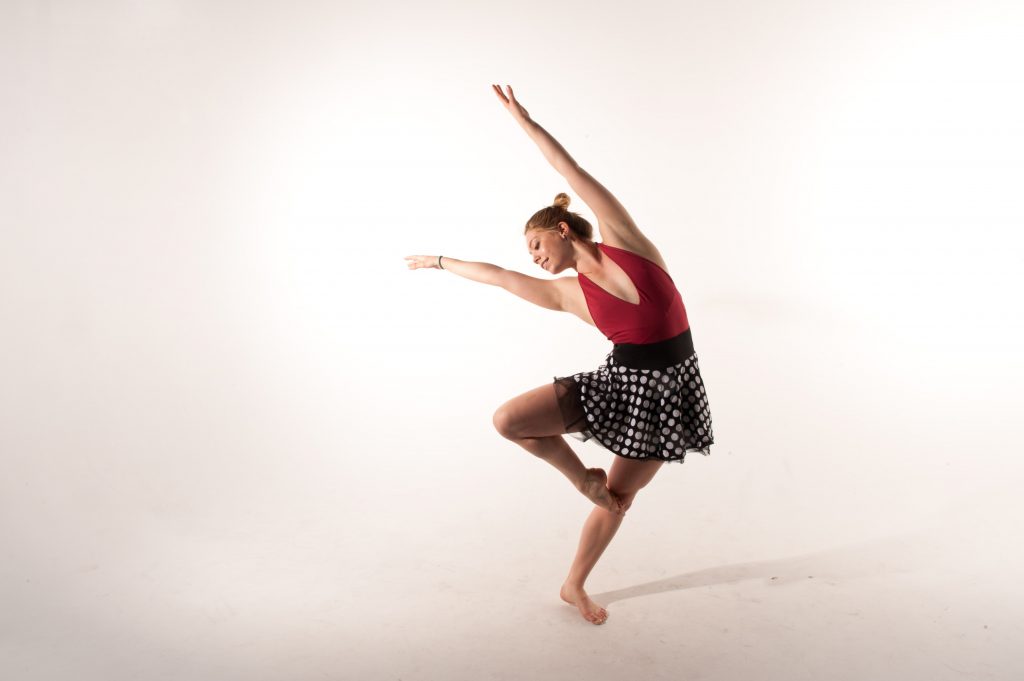
I remember doing everything possible to improve my hip external rotation, at the expense of my body’s well-being, including:
- Sitting in the splits for 30 mins straight, and then not being able to stand back up.
- Getting people to sit on my butt while I was in a frog position (and not being able to stand back up…)
- Torquing my knees out to give the illusion of better turnout (why are my knees sore now??).
- Saying “Screw using functional turnout! I’m just gonna force my feet out, and I’ll deal with the consequences after!”
Do any of those sound like you?
Then you will get a lot out this workshop. You might not get more total range of hip rotation, but nearly all workshop participants reported more ease accessing the turnout they already had.
I hope you’ll give it a try 🙂 Please share this workshop with your dance pals who could use some help with their hips.
Remember to pick up the free turnout resource that I compiled, too. You’ll get the top DO’s and DON’Ts from 22 amazing dance educators (I’ll admit, I am guilty of almost every single one of the DON’Ts…)
Who AM I?
Hey, I’m Monika.
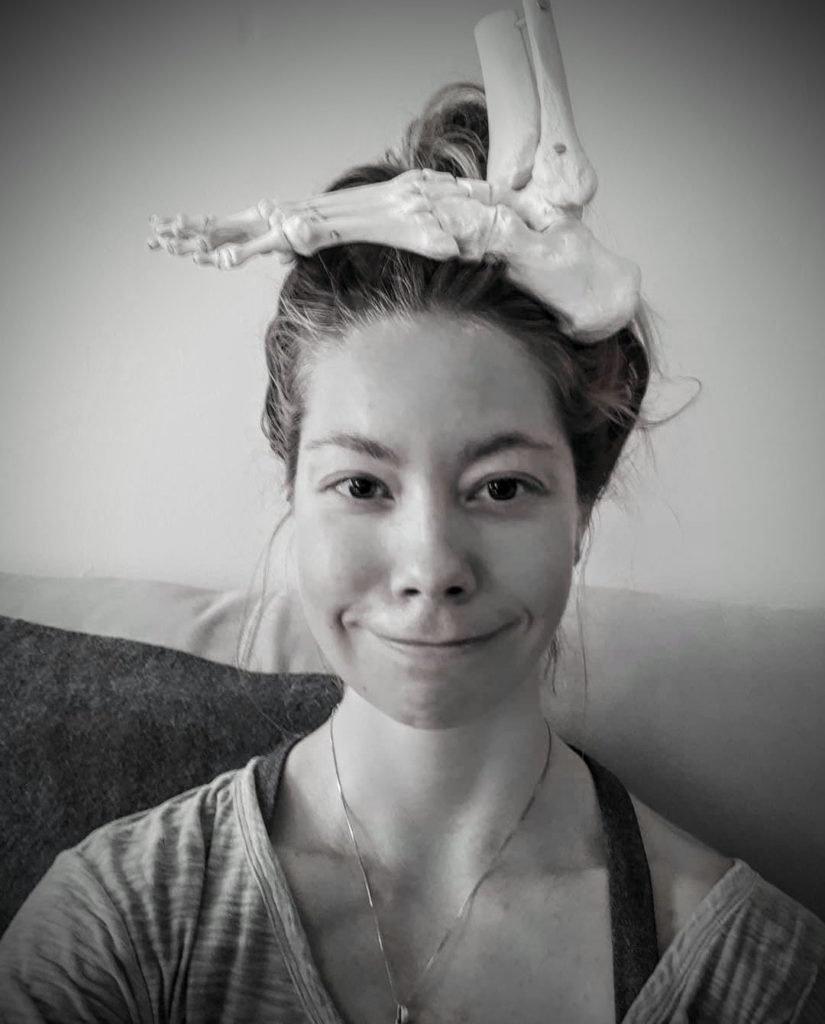
I used to be a dancer until I got injured one time too many and had to quit.
But I found something I enjoy even more to do with my life: Learn about movement mechanics and teach people to become their own best expert on moving better and getting out of pain.
I embarked on what I call my “DIY journey to pain free living” (because I was too broke to afford a therapist, and had sabotaged my dance career, so the best hack seemed to be to start a new career in a field that forced me to learn to heal myself).
I like to say I’m a disciple of Gary Ward’s Anatomy in Motion (AiM) which is a framework for working with the body to enhance performance and releive strain on the body based on how it moves as we walk. What makes it so unique and effective is how the AiM model pays particular attention to the relationship the mechanics of the feet have with everything up the chain.

In 2015 I wrote a book called Dance Stronger to help spread the AiM philosophy to the dance world, and help dancers learn how to strength train and practice self-care.
Through exploring the AiM model of gait mechanics (what all your body’s joints should be doing at the rigt times while you walk), we can see where your body is missing the appropriate joint mechanics, and use specific exercises to give them back.
It’s cool stuff. And it’s been the most effective thing I’ve found so far on my movement learning journey.
I’ve been learning and sharing this work with my clients in person in my bodywork and movement therapy practice, and recently, since COVID, online in my Liberated Body Workshop.

